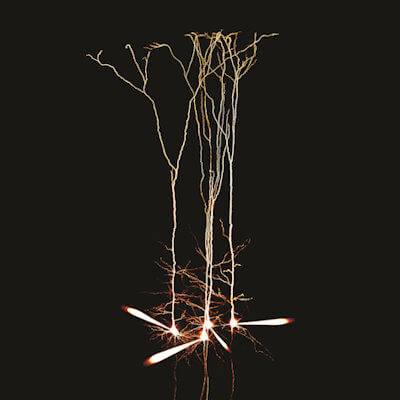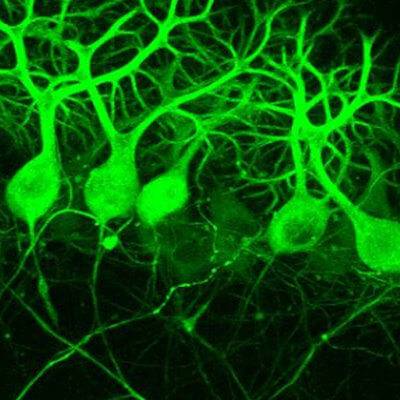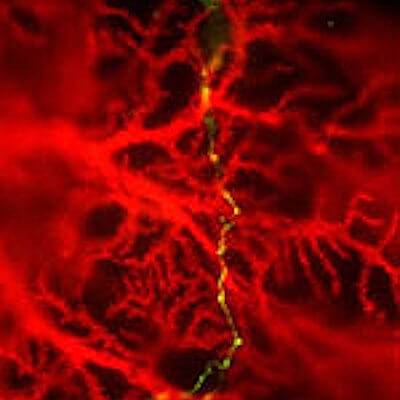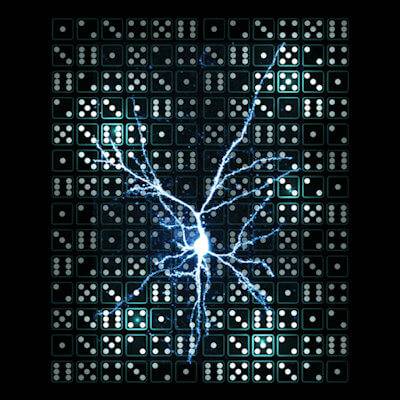Neural Computation
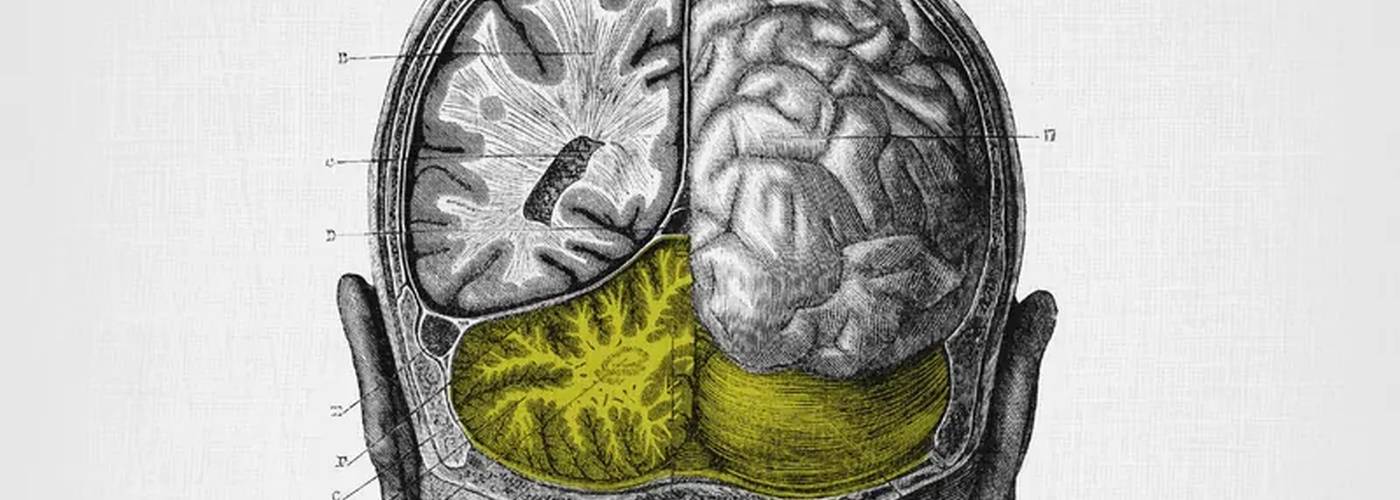
The Cerebellum's Functions in Cognition, Emotion, and More
Once thought of as a mere motor coordination centre, the "little brain" is now appreciated as participating in higher neurological processes.
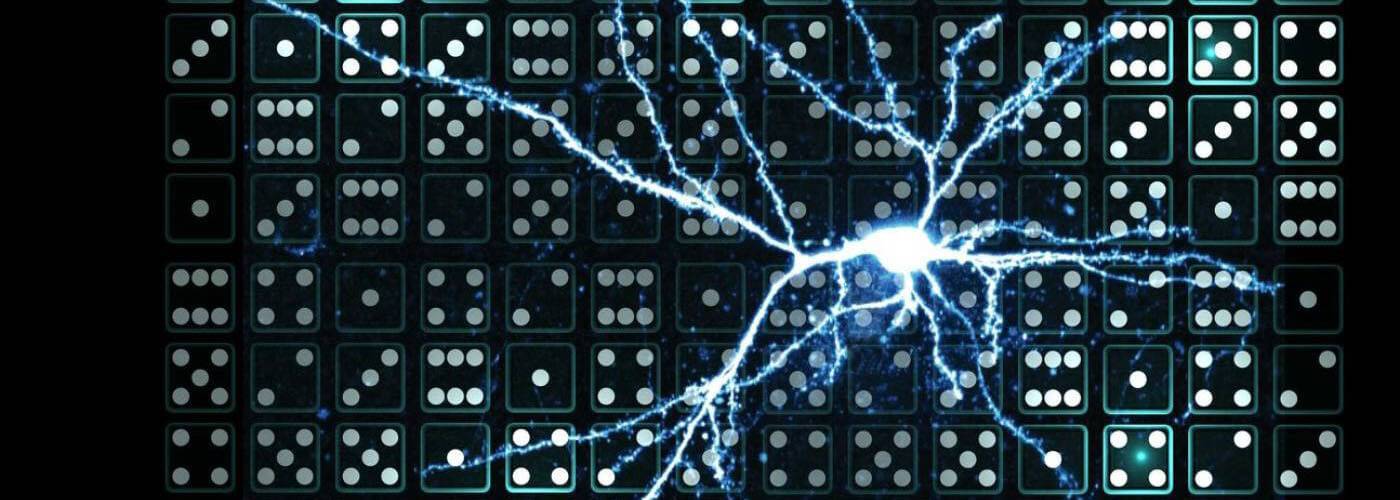
Neuroscientists Reprogram Brain's GPS Using Laser Beams
Researchers at UCL Wolfson Institute for Biomedical Research leveraged a powerful approach that combines two revolutionary technologies for using light to read and write electrical activity in the brain.
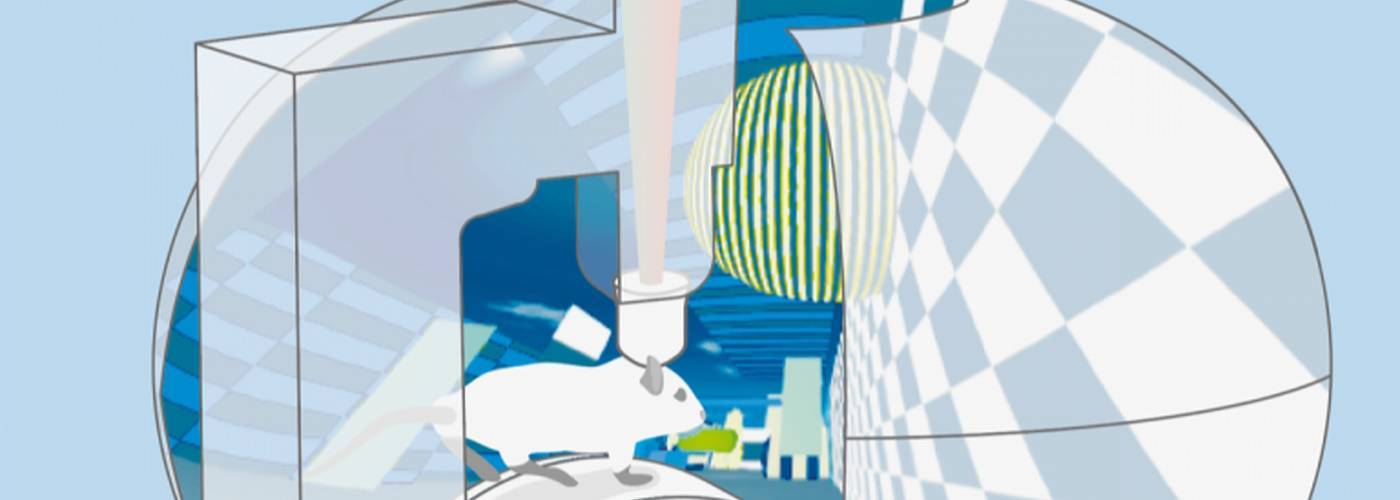
Using light to reprogramme the brain’s GPS
Neuroscientists at UCL have used laser beams to “switch on” neurons in mice, providing new insight into the hidden workings of memory and showing how memories underpin the brain’s inner GPS system.
Our Research
We are interested in understanding computations in neural circuits of the mammalian brain. To attack this problem, we work at the interface between cellular and systems neuroscience. We aim to understand the cellular toolkit that enables single neurons to perform computations, and in turn how single neurons and their patterns of connections contribute to the computations performed by neural circuits.
Our people

Prof. Michael Häusser
Principal Investigator Neural Computation

Prof. Beverley Clark
Principal Investigator Synaptic Integration

Dr Arnd Roth
Senior Research Fellow
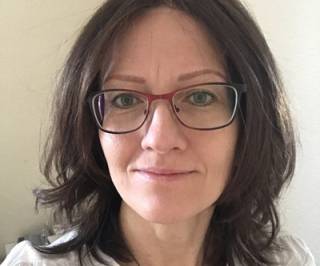
Dr Anna Simon
Research Fellow

Dr Petrina Lau
Research Fellow

Dr Soyon Chun
Technician
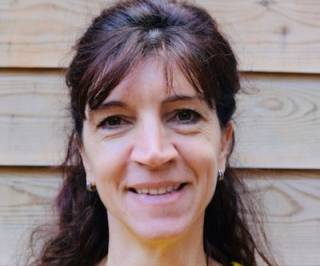
Dr Caroline Reuter
Lab Manager

Roksa Stonas
Research Assistant
Students
- Daniel Dobolyi (PhD student)
- Edgar Baumler (PhD student)
- Giulia Mastroberardino (PhD student)
- Maxime Beau (PhD student)
- Moritz Buchholz (PhD student)
- Alex Prodan (PhD student)
- Felix Jozsa (PhD student)
- Sam Clothier (Master's student)
Publications
- Fişek M, Herrmann D, Egea-Weiss A ... Häusser M (2023). Cortico-cortical feedback engages active dendrites in visual cortex. Nature. May 617(7962):769-776.
- Russell L, Dalgleish H, Nutbrown R ... Häusser M (2022). All-optical interrogation of neural circuits in awake behaving mice. Nature Protocols.
- Kostadinov D & Häusser M (2022). Reward signals in the cerebellum: origins, targets, and functional implications. Neuron.
- Häusser M (2021) Optogenetics: the might of light. New England Journal of Medicine 183: 1-14.
- Bicknell B and Häusser M (2021). A synaptic learning rule for exploiting nonlinear dendritic computation. Neuron.
- Sezener E, Grabska-Barwińska A, Kostadinov D, Beau M ... Häusser M et al (2021). A rapid and efficient learning rule for biological neural circuits. bioRxiv.
- Simon A, Roth A, Sheridan A, Fişek M ... Häusser M (2021). Ultrastructural readout of in vivo synaptic activity for functional connectomics. bioRxiv.
- Russell LE, Herrmann D, Fişek M ... Häusser M (2021). All-optical interrogation of neural circuits in behaving mice. bioRxiv.
- Goetz L, Roth A, Häusser M (2021). Active dendrites enable strong but sparse inputs to determine orientation selectivity. PNAS.
- International Brain Laboratory et al. (2021). Standardized and reproducible measurement of decision-making in mice. eLife.
- Steinmetz et al. (2021). Neuropixels 2.0: A miniaturized high-density probe for stable, long-term brain recordings. Science.
Contact details
- Email: m.hausser@ucl.ac.uk / b.clark@ucl.ac.uk
- Tel: +44 (0)20 7679 6756
Address
Wolfson Institute for Biomedical Research
Cruciform Building
University College London
Gower Street
London WC1E 6BT, UK
 Close
Close


